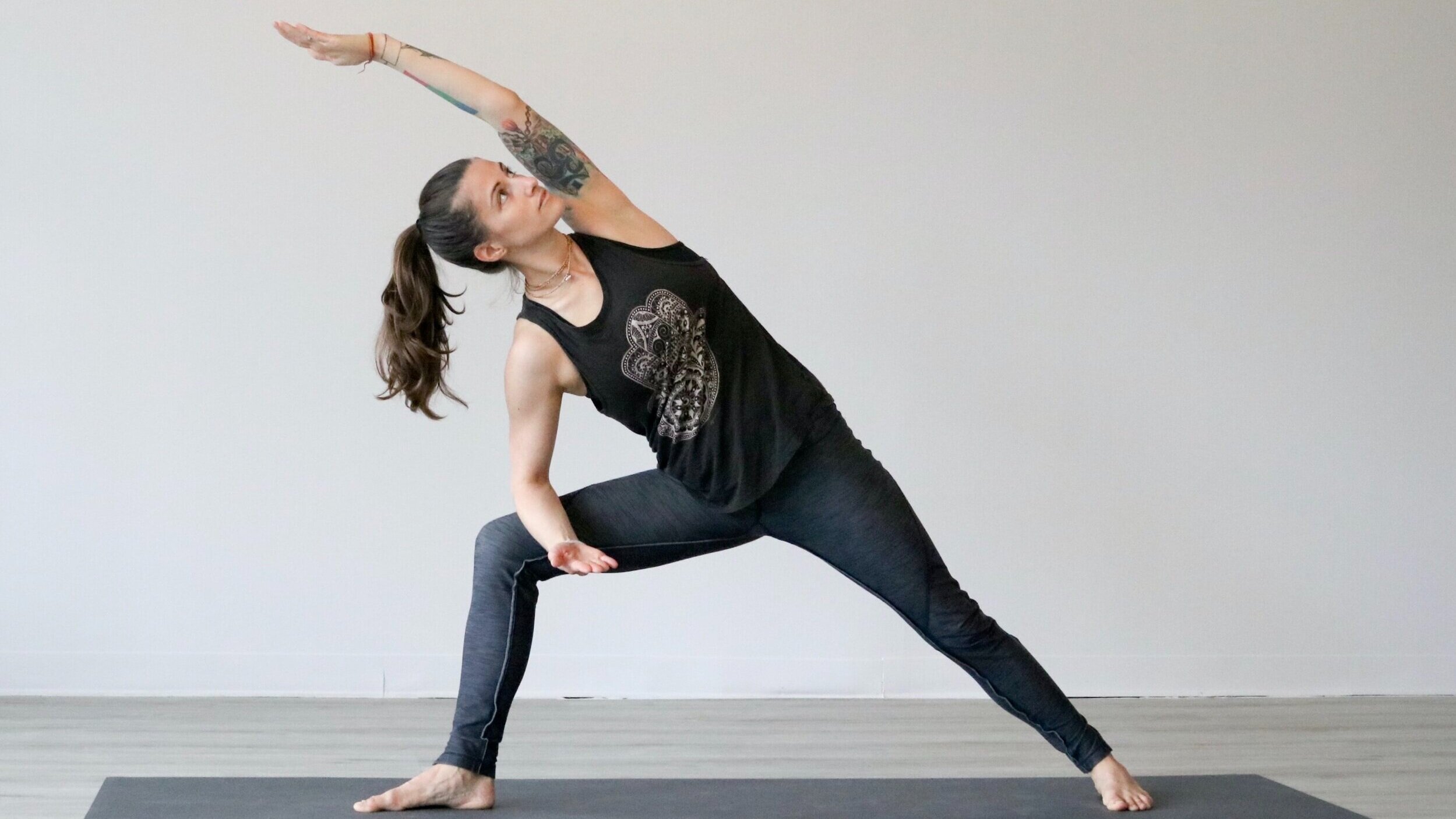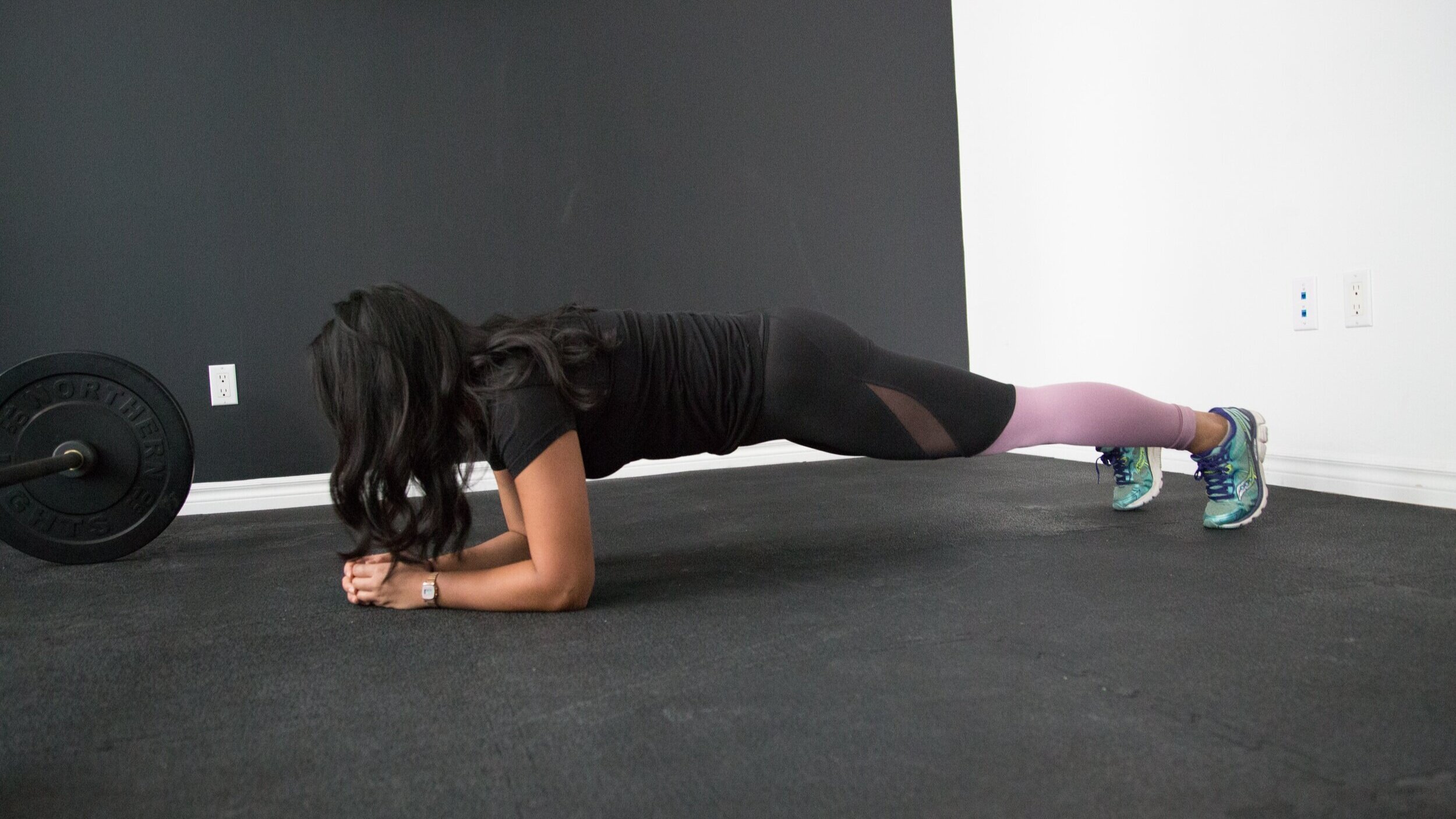HIIT These Workouts During Quarantine
by Jenny Long
If you’ve been looking for ways to exercise during this quarantine, you might’ve come across a bunch of videos or articles talking about high intensity interval training (HIIT). This workout method has been used in athletic training and was researched for decades prior to its recent popularization.
Known for its convenience and flexibility, HIIT doesn’t require any equipment, can take under half an hour, and can be modified to your needs! In our current situation, HIIT is a fantastic option for exercising while indoors. So if you’re looking to start or maintain your fitness regimen, now’s the perfect time to give HIIT a try!
What is HIIT?
High intensity interval training is both a workout routine and a training method that consists of periods of intense exercise alternated with intervals of rest or low to moderate-intensity exercise. High intensity exercises are usually defined as those that would require your heart rate to reach at least 80% of its maximum rate. [1] If you don’t have a fitness tracker to track this, most exercises that leave you out of breath would fit into this category.
Such exercises can be done for a short interval (anywhere between 1-5 minutes) with periods of lower-intensity exercises lasting a similar amount of time. [1] Since HIIT can be molded to your preferences, you can also choose your own time intervals of vigorous exercise and rest that may be shorter or longer. For example, you could alternate longer periods of intense exercise with shorter bouts of rest.
Most HIIT workouts can be done within 10-30 minutes and do not require any equipment. You can, however, incorporate different kinds of aerobic exercises (e.g., swimming, cycling, running) into your HIIT regimen. [2, 3] Some example workouts could include intense cycling followed by periods of slower cycling at time intervals that work best for you!
Benefits and Effectiveness
There are a multitude of benefits gained from general exercise, including reducing risk for heart disease. [4] But incorporating HIIT into your routine could help you achieve the same, if not greater, benefits as traditional endurance training with a lower volume of exercise in a shorter amount of time. [5, 6]
For example, HIIT can help you achieve enhanced physical fitness and endurance, measured by VO2max. [3] VO2max indicates the maximum amount of oxygen your body can use for energy production. The more oxygen your body can use, the more endurance you will have for physical activity over longer periods of time. [3, 6] Your VO2max increases because HIIT can help your body adapt. [7]
These workouts can even lead to an increase in the amount of mitochondria in your muscles, helping you use your muscles for greater amounts of time. [8] As mitochondria produce energy for cells, more mitochondria means more energy produced for exercise. [3]
Building Your Own Routine
A typical HIIT routine consists of high-intensity exercises alternating with low to moderate-intensity exercises or rest. You can even customize your own workout to best suit your needs! Here are a few steps and examples you can follow:
Choose your total workout time lasting anywhere from 5-30 minutes
Choose your own interval ratios (e.g., 30 seconds of high intensity, 1 minute of rest)
Choose different high intensity exercises [9, 10, 11]
Bear Crawls
Burpees
Hand-Release Push-Ups
Butt Kicks
Plank Jacks
Flutter Kicks
Choose different low to moderate-intensity exercises or opt to rest [12]
Walk or jog in place
Jumping jacks
Lunges
Sit-ups
Repeat your alternating intervals until you have reached your total workout time
My Go-To Routine
Total Time: 20 minutes
Instructions: Repeatedly perform an exercise for 30 seconds, then rest for thirty seconds. Repeat for the next exercise in the series.
Burpees: Begin standing. Lower yourself into a squat with hands on the ground. Extend your legs out into a push-up like position. Move your legs back into squatting position. Stand up.
High Knees: Jog in place for one minute. Exaggerate each knee lift.
Mountain Climbers: Assume a plank position and move one knee towards your chest, quickly alternating legs each time.
Pop Squats: Stand with your legs together. Jump and spread your feet. While your feet are spread, bend your knees to lower into a squat. Touch the floor with your hand. Return to standing with legs together. Hop twice. Repeat from the second step and touch the floor with your other hand this time.
Planks: Lay your hands flat with forearms parallel on the ground. Extend your legs. Hold the position.
Repeat the above exercises 4 times.
If you’re looking for more ways to exercise at home, check out Working Out at Home with Calisthenics! Here are a few videos and articles you can also explore:
The Bottom Line
HIIT can be strenuous if you are starting out, so be sure to modify your routine to what you can do and remember to not overexert yourself. Although HIIT can show benefits in a short amount of time, it doesn’t have to replace any existing exercise routines that you may already have—HIIT can be a great supplement to your routine!
Consistent training is always recommended, but taking rest days between workouts is crucial for recovery. If you want to experience the benefits of exercise but are not ready to commit to the intensity of HIIT, any consistent physical activity like a short walk can help lift your mood and give you a bit of an energy boost when you are feeling tired at home during this pandemic!
References
“How to get the most out of your exercise time, according to science.” vox.com. (2019).
“Don't Have Time to Exercise? Do This for 10 Minutes.” time.com. (2017).
“HIIT vs Continuous Endurance Training: Battle of the Aerobic Titans.” unm.edu. (2012).
“Cardiorespiratory fitness as a quantitative predictor of all-cause mortality and cardiovascular events in healthy men and women: a meta-analysis.” JAMA: The Journal of the American Medical Association. (2009).
"Effectiveness of High-Intensity Interval Training (HIT) and Continuous Endurance Training for VO2max Improvements: A Systematic Review and Meta-Analysis of Controlled Trials.” Sports Medicine. (2015).
“Physiological adaptations to low‐volume, high‐intensity interval training in health and disease.” The Journal of Physiology. (2012).
“High-intensity Interval Training: A Time-efficient Strategy for Health Promotion?” Current Sports Medicine Reports. (2007).
“A Practical Model of Low‐Volume High‐Intensity Interval Training Induces Mitochondrial Biogenesis in Human Skeletal Muscle: Potential Mechanisms.” The Journal of Physiology. (2010).
“13 Killer Exercises to Mix Into Your HIIT Workout.” shape.com. (2020).
“A 30-Minute Functional HIIT Circuit Anyone Can Try.” coachmag.co.uk. (2020).
“A Sweaty 30-Minute Cardio HIIT Workout You Can Do Right in Your Living Room.” self.com. (2020).
“Lifting Tip: Do Active Rest Between Sets.” popsugar.com. (2010).











